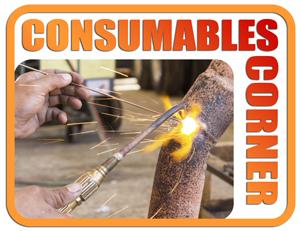I'm doing load development at a new range and have new weather conditions. I think I have been struggling with condensation in the bore for a while but didn't recognize it. It took the symptoms getting worse before it became more obvious. Yesterday was 20 degrees and 70%+ humidity. The first string for each rifle was fine. However, the first shot of every subsequent string, after the bore had been left open, had high pressure and lower velocity (-20fps to -40fps). Brass came out wet and the suppressor is certainly made it worse. The loads are well below max at around 55kPSI and the bores are clean. This is replicated on multiple bolt actions and different cartridges. ES for unaffected strings were all 20fps or less.
This is a new one to me and I'm wondering what you guys in similar climates to do mitigate it? The range is 5000' and temps run sub zero in the winter to mid 90's in the summer with humidity between 40% and 80%. I've lived in either the low or high desert since the 90's and never had humidity greater than 40%. Is the solution to drag cleaning gear to the range and swab/mop the bore before each new string?
This is a new one to me and I'm wondering what you guys in similar climates to do mitigate it? The range is 5000' and temps run sub zero in the winter to mid 90's in the summer with humidity between 40% and 80%. I've lived in either the low or high desert since the 90's and never had humidity greater than 40%. Is the solution to drag cleaning gear to the range and swab/mop the bore before each new string?



